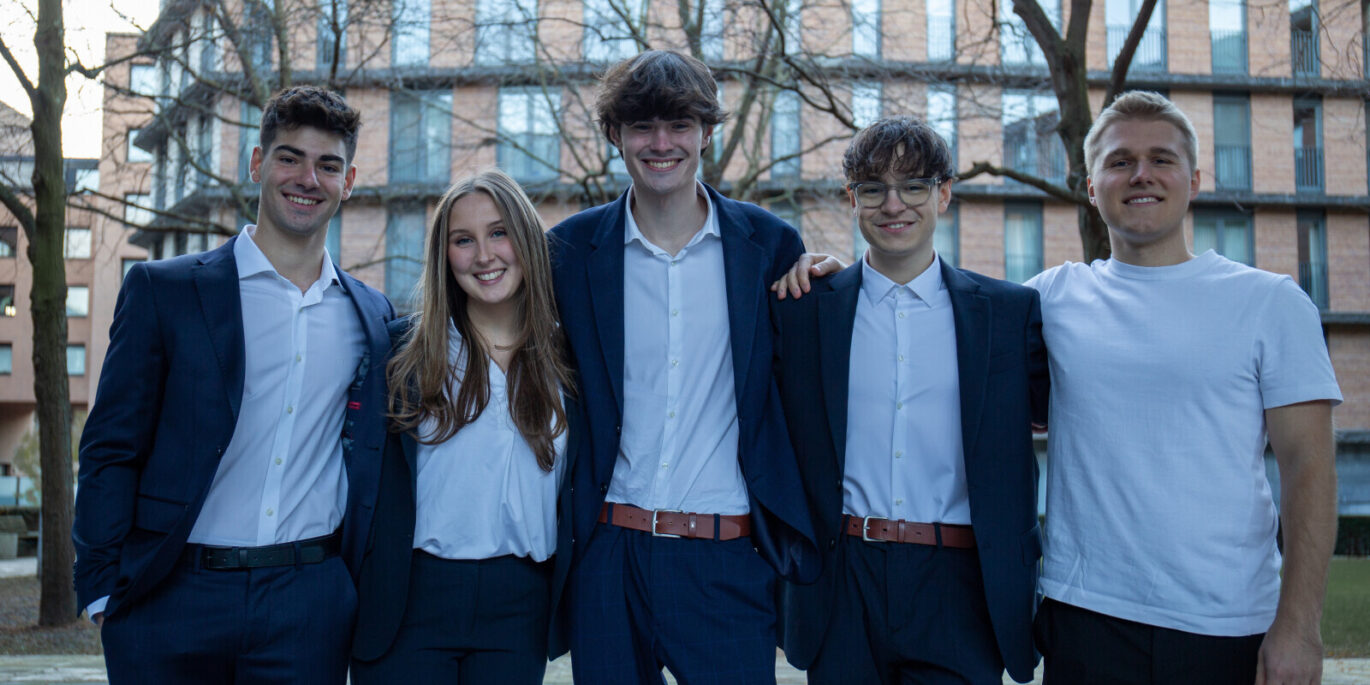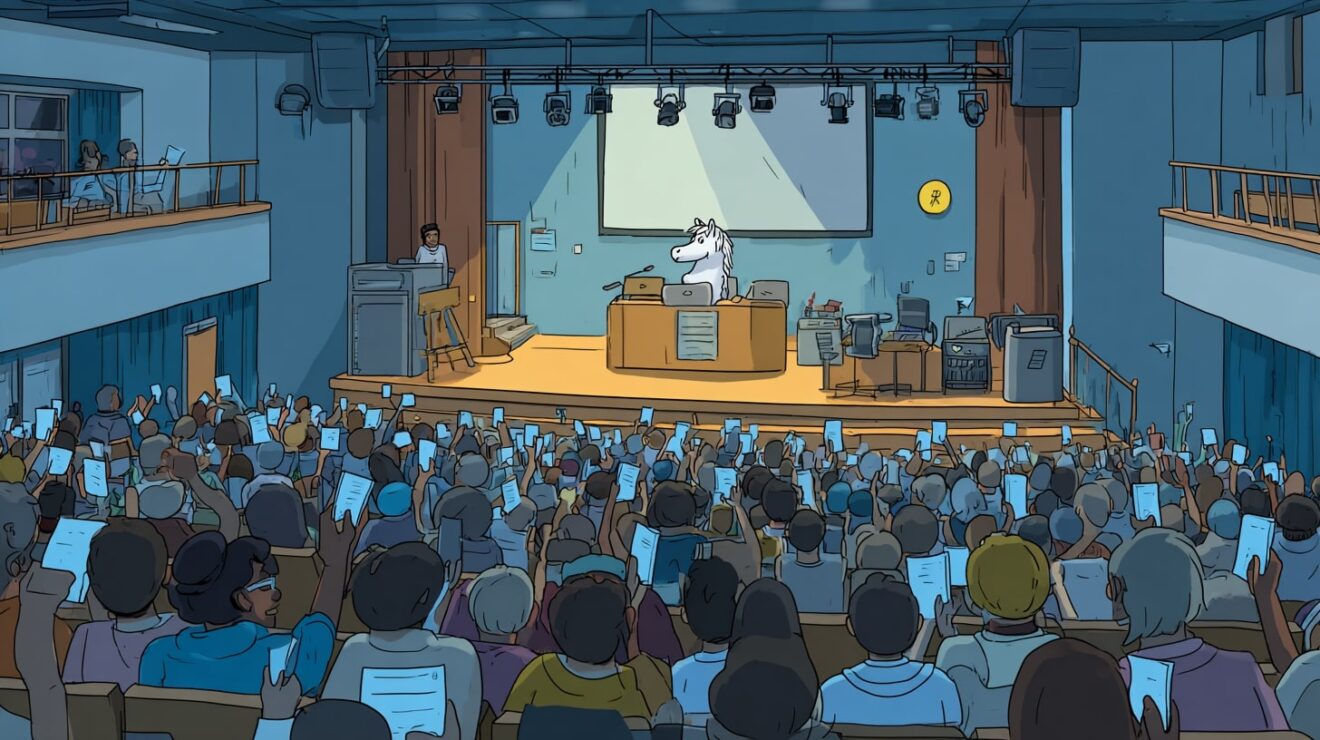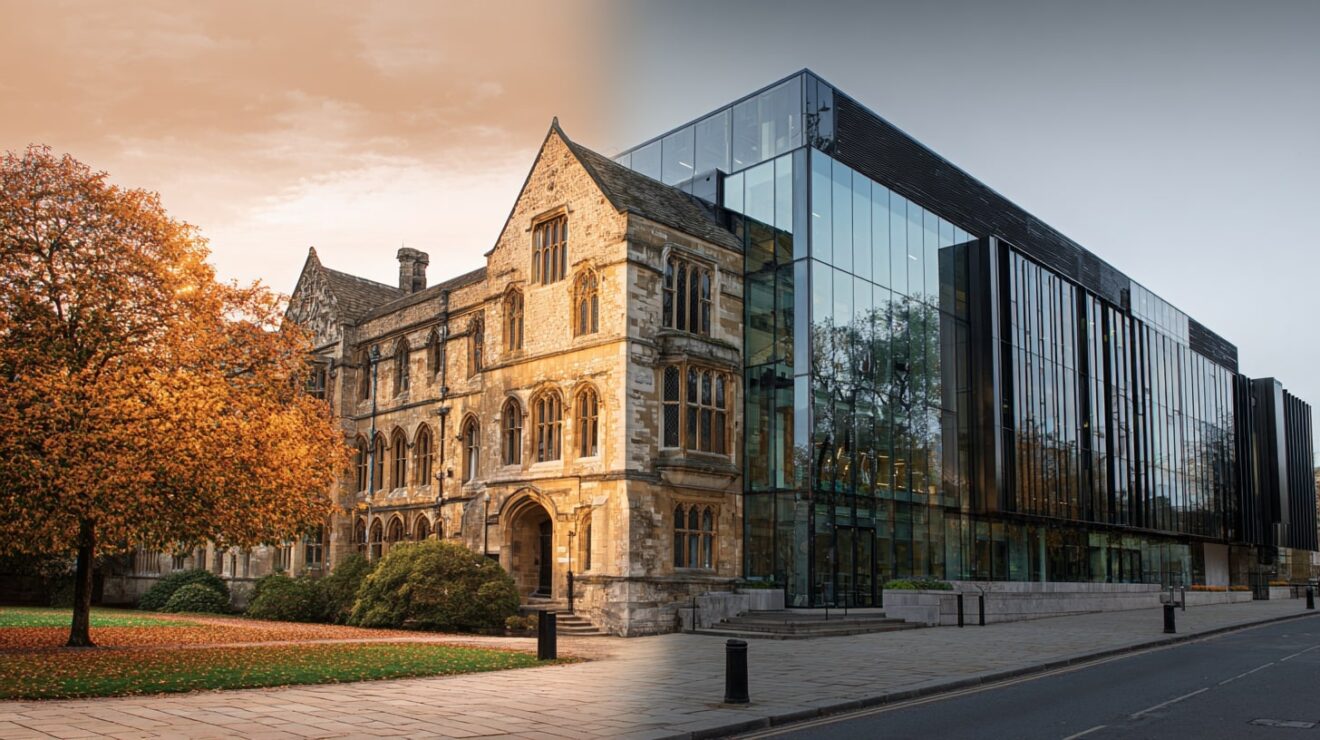As SU elections season looms large back in the UK, here in Finland we’ve been to look at other democratic systems to see how things work.
On first glance, the election held by TREY (“the guardian of Tampere University’s students, an enabler of organisational activities, and a service provider and a builder of community”) looks similar – there are some sabbs, an election turnout of about 25 per cent, and an SU CEO that wishes the turnout was higher – especially since engagement took a dip during the pandemic.
But dig a little deeper and there are some really quite radical differences in play in this major university city’s annual expression of democratic engagement.
Sabbs are not directly elected by students – they’re elected by the union’s Council of Representatives – 49 students and their deputies that decide, among other things, on the SU’s strategy, its budget and level of (compulsory for now) membership fee, the annual action plan that guides the activities of the SU, and its main advocacy goals over the student experience.
Standing for something
It’s the election for that council that is the big “democratic moment” for here. In 2020’s election, some 369 candidates stood for office, generating a turnout of 30 per cent of the union’s members and this baffling set of results.
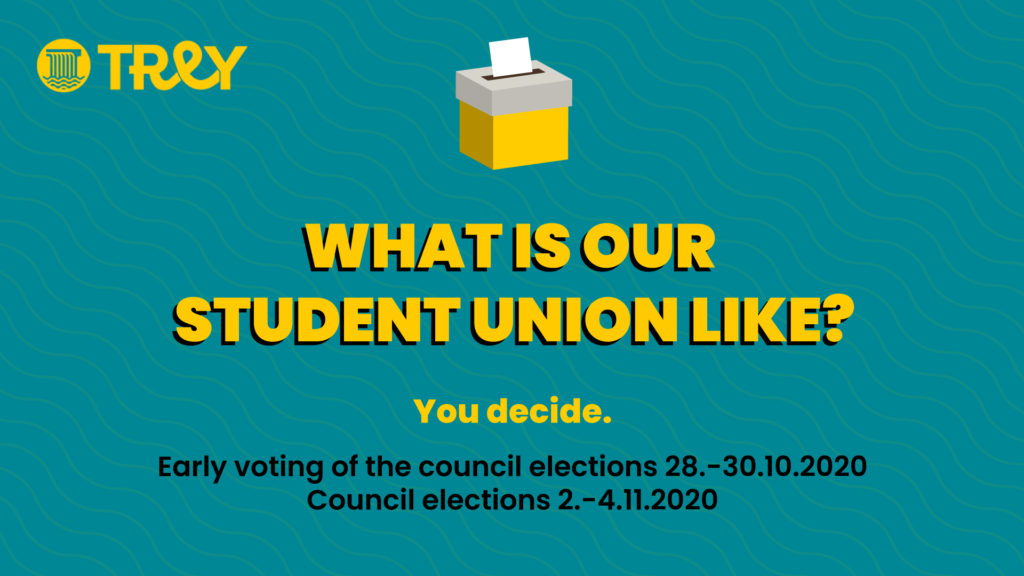
For it all to make sense to students, each candidate joins (for forms) an alliance, which can be about pretty much anything. There are academic ones – like the Alliance for Construction Technology, Architecture, Production Economics and Information Management. There’s political ones – like “Green Left” or the “Right Wing Students”.
And there’s others too – there’s an international alliance, the Bosa Beer Party (pioneers of interdisciplinary and inter-campus community activities), and ones that just form around issues of concern to students, like community on campus and making HE more “achievable” in the face of budget cuts and other reforms.
Each produces an agenda for student life (rather than a list of personal promises) and then the campus comes alive in the way we might expect – only with significantly more groups, ideas and interests manifest(o)ed than we might often see in the UK.
Students vote once, a decent turnout is fairly straightforward when there’s that number of candidates, and once counted the 49 seats are then divvied up proportionally based on the number of votes each alliance gets. So if students vote for me, and there are five candidates in the Wonkhe alliance but we only win three seats, I might miss out.
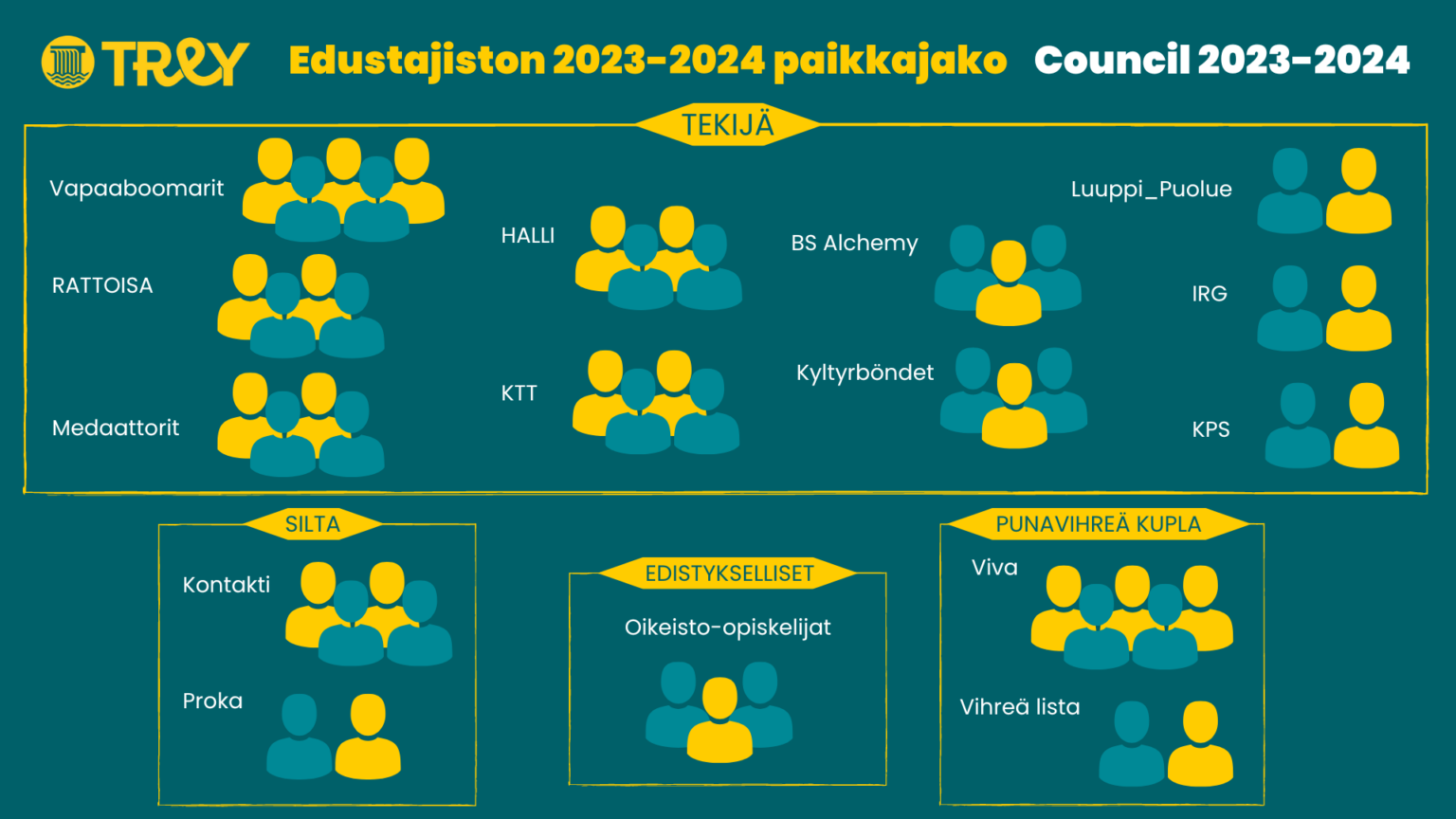
Associating matters
Even before you get to the sabbs part, that’s a fascinating system. It generates cooperation, dialogue and alliances between students where our highly individualised culture often bans or discourages slates.
It’s focussed on issues rather than people – with students often drawing together diverse groups of students to both broaden their appeal and develop a more sophisticated agenda. It provides for small(er) groups on campus to “win” and see themselves in their SU where our system might shut them out.
It generates more university scrutiny (without the pressure of the “challenge” coming direct from a single sabb), and provides inspiration for policy development in the year ahead. And it has significantly more educational value than the elections we often hold – both for participants and those taking part by reading and voting on the material.
It also leans in to the reality that the student body isn’t just a single community that’s even close to capable of resolving its competing interests through single winner portfolio elections – and ensures that most students feel like they have a stake in the winners rather than most students being disappointed when they learn the results.
Scrutiny rather than popularity
Once the election is over, the council then meets to determine the Board that it thinks will stand the best chance of being able to execute the action plan that council will have been consulting students since September – this year the priorities are advocating for students in parliamentary elections, strengthening the student community, internal development of the SU and specific educational quality goals.
Even that process involves “coalition” style dialogue – with students from different political or interest perspectives forming broader alliances to ensure they have the votes on the council to get elected onto its 10-sabb board.
Sabbs then interrupt their year and take over in January, returning to their course afterwards – which also has advantages for the welcome period and keeps representation on university committees all being about individuals and relationships rather than ideas and positions.
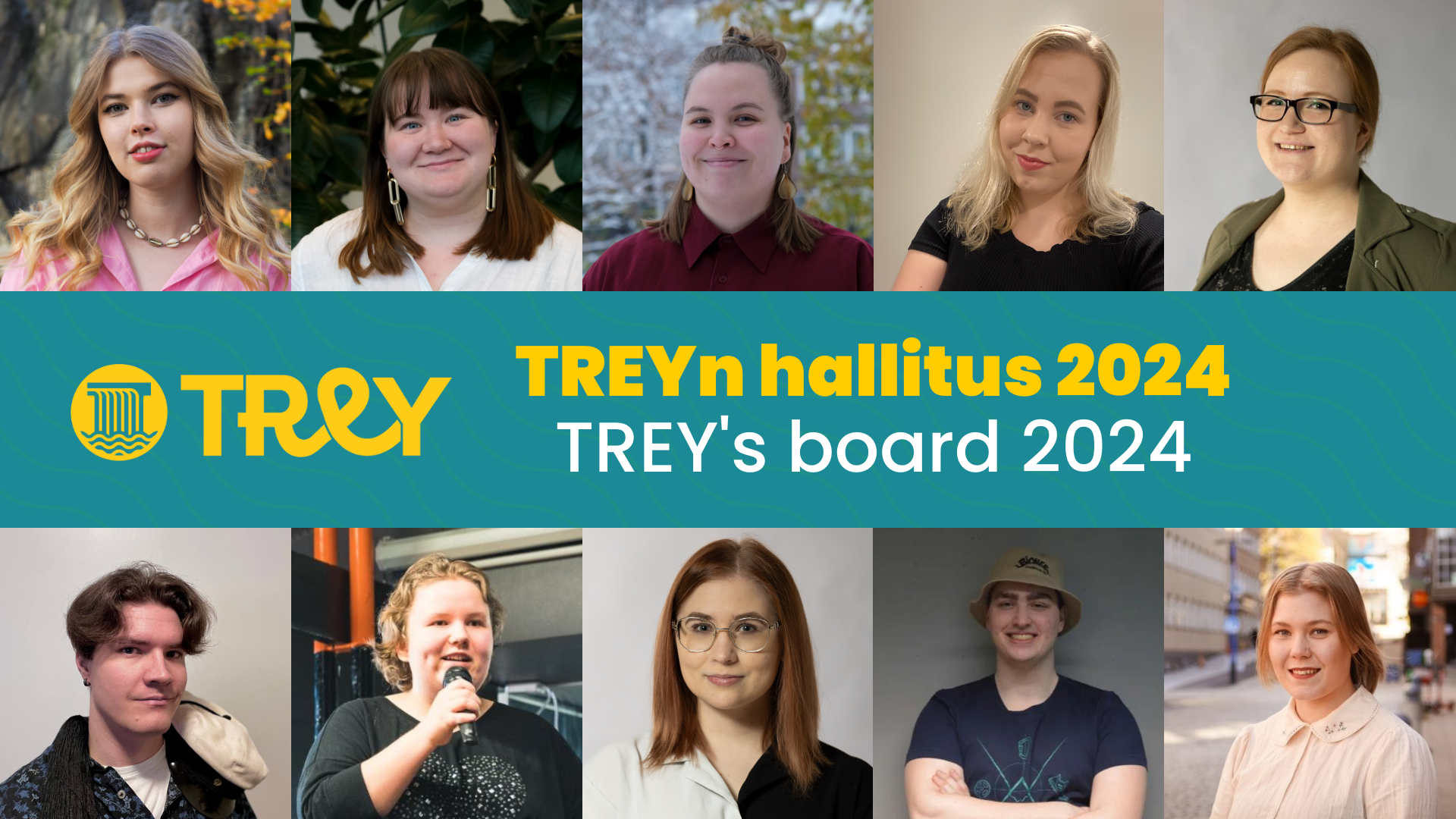
The system, of course, is both rooted in Finnish political culture and possible given there’s no Education Act 1994 getting in the way of adopting it. But there are probably ways around that for SUs keen to completely reinvent the purpose of their major democratic moment, improve the legitimacy of their results, and drive up the level and quality of engagement in democracy.
If SU elections aren’t just about choosing leaders, credibility isn’t just about turnout and participation in it is supposed to be educational, it might also foster the sort of less individualistic and more collaborative political culture that so many of us yearn for in the country in the future.



